In a bold move to combat the escalating Wildfire crisis, the bipartisan Advanced Capabilities for Emergency Response Operations (ACERO) Act is empowering NASA to develop cutting-edge Drone Technology for safer, more effective firefighting. Introduced by Reps. Vince Fong (R-Calif.) and Jennifer McClellan (D-Va.), the legislation, currently under Review by the House Science, Space and Technology Committee, aims to modernize aerial wildfire response with a $15 million funding boost for 2026, reports E&E News.
Enhancing 24/7 Firefighting with Drones
The ACERO Act expands NASA’s ACERO project, led by the Armstrong Flight Research Center in California, to develop drones capable of operating in low-visibility conditions, such as heavy smoke or nighttime, where manned aircraft are grounded.
“These unmanned aerial vehicles can quickly detect and reach small or remote fires to stop them from growing out of control—improving response times and keeping Firefighters out of harm’s way,” said Rep. Mike Garcia, a former sponsor of the bill.
Drones equipped with advanced sensors will provide real-time fire behavior data, enhancing ground crew coordination and situational awareness [NASA ACERO Overview].
Unified Airspace Management
A cornerstone of the ACERO project is a unified concept of operations for airspace management, integrating crewed aircraft, drones, and ground crews. NASA’s Portable Airspace Management System (PAMS), tested successfully in March 2025 in Monterey County, California, enables safe drone operations in rugged terrain with poor visibility. The suitcase-sized PAMS unit shares aircraft locations and flight plans, reducing collision risks. This system is critical for scaling up drone use in wildfire zones, where current operations are limited to 6-8 hours daily due to visibility constraints.
Technical Advancements and Industry Collaboration
NASA is leveraging its expertise in air traffic management and autonomy to develop interoperable communication networks and suppression mission autonomy. The ACERO project collaborates with the FAA, CAL FIRE, and industry partners like Joby Aviation, which tested PAMS integration with its optionally piloted aircraft in 2025. Upcoming drone flight demonstrations with firefighters, planned for fall or spring 2024, will showcase these technologies in real-world scenarios [NASA Groundbreaking Drone Project]. The project also restricts drone procurement from certain foreign entities, ensuring national security.
Economic and Environmental Impact
By enabling 24/7 aerial suppression, ACERO drones could reduce wildfire suppression costs, which averaged $2.9 billion annually over five years, and mitigate property damage. Drones also lower carbon emissions compared to traditional aircraft, aligning with NASA’s net-zero aviation goals by 2050.
“The ACERO Act will support NASA’s ongoing efforts to utilize drones and other technologies to help firefighters protect our communities,” said Rep. Jennifer McClellan.
Setting a Global Standard
The ACERO Act positions the U.S. as a leader in drone-based disaster response, with potential applications beyond wildfires, such as hurricane recovery. By fostering inter-agency collaboration and technological innovation, the initiative could inspire global advancements in emergency management. As wildfires intensify due to climate change, NASA’s drone technology offers a lifeline for communities, promising faster, safer, and more resilient firefighting operations.
Discover more from DroneXL.co
Subscribe to get the latest posts sent to your email.

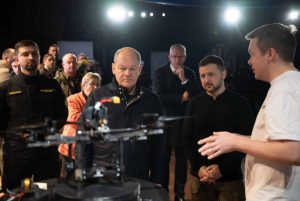

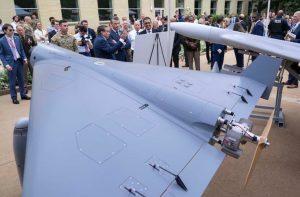





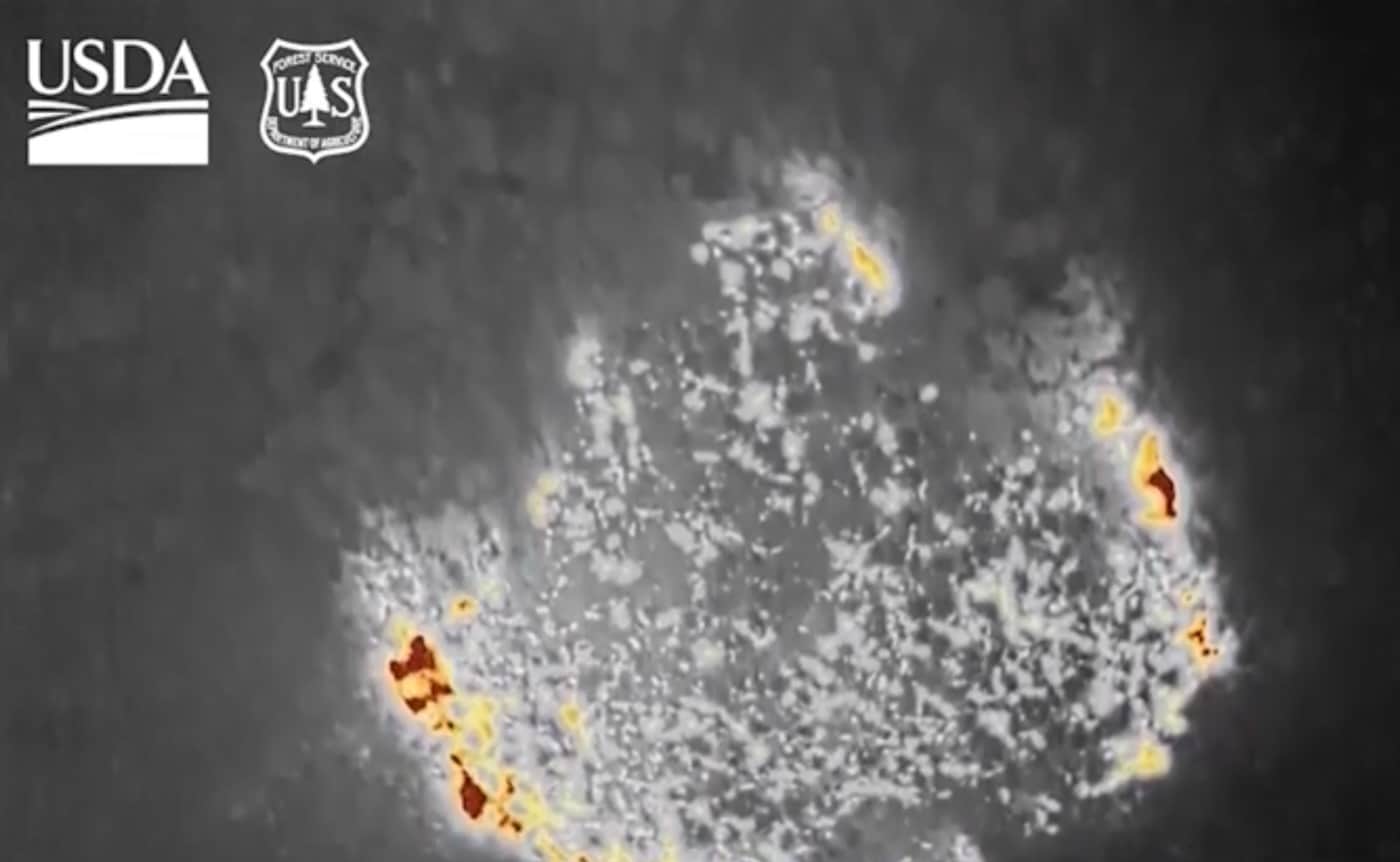


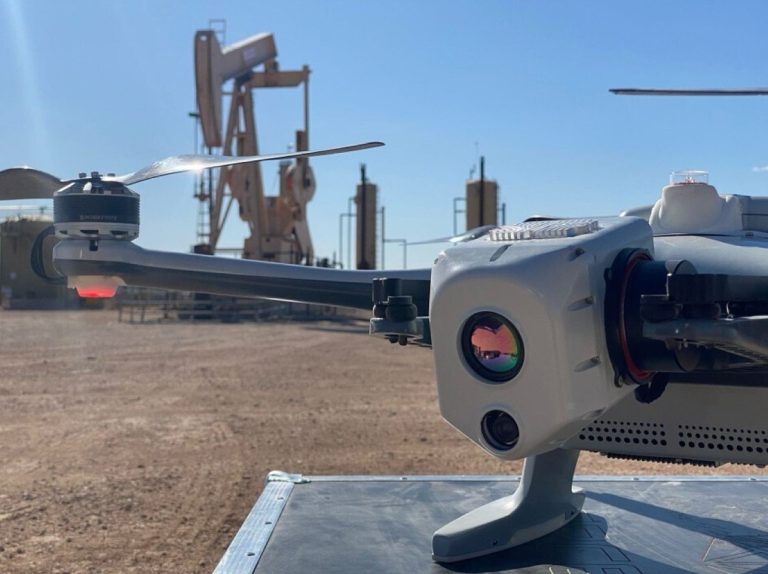




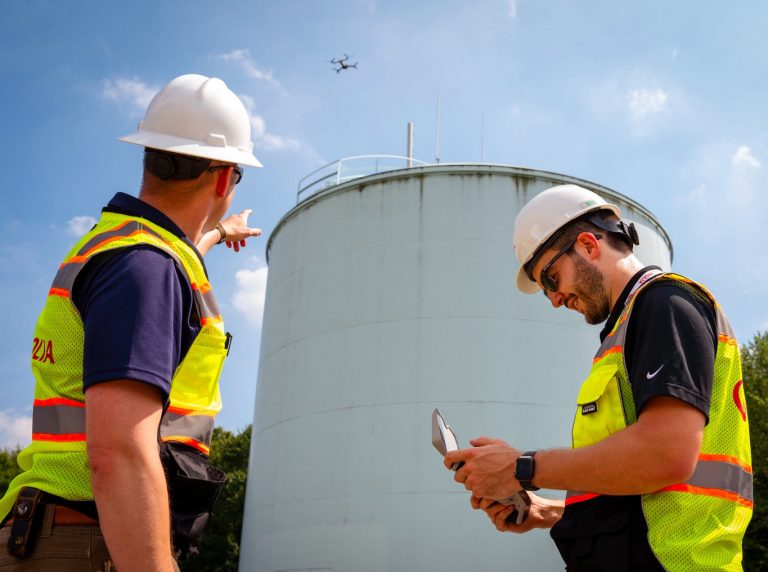


+ There are no comments
Add yours